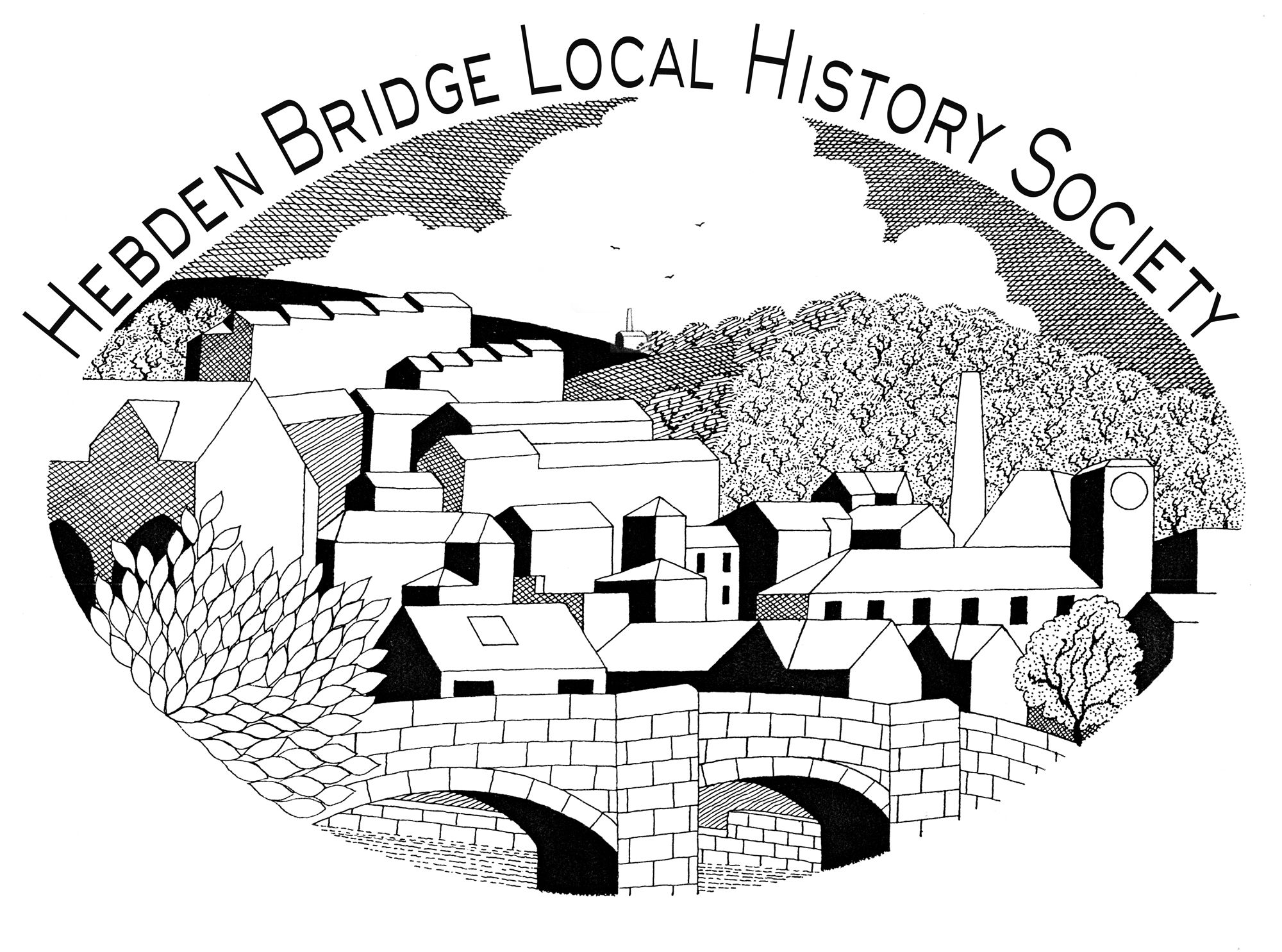Barack Obama’s ‘A Promised Land’ led Mike Crawford to reflect on the parallels between the frenzied and polarised politics of 21st century USA and the political hysteria of late 17th Century England. Two local men, George Savile and John Tillotson were moderates who struggled to navigate extremism, and to maintain their principles, positions of power, and loyalty to their friends.
George Savile was part of the aristocracy of England, born at Thornhill, near Dewsbury, in 1633 and losing his father, a staunch royalist, in the Civil War. After the Restoration of the monarchy, Savile was rewarded by Charles II and made Viscount Halifax, rising to prominence in government.
John Tillotson was a contemporary but came from different stock, born in 1630 at Haugh End, Sowerby, the son of a respectable clothier. He was educated at Colne Grammar School, and developed Presbyterian ideals, conflicting with the established Anglican faith. Tillotson’s style was non-confrontational. He did not opt for the passionate tirade, but preached with reason. He became one of the leading thinkers in London, as Dean, and eventually, Archbishop of Canterbury.
Both men were pursuing their careers in a time of political frenzy, with both Protestant dissenters and Roman Catholics subject to harsh penal laws. But fear of a Catholic succession in the person of Charles’ brother, James, whipped up more suspicion.
This was brought to a head in the lurid ‘Popish Plot’ uncovered by Titus Oates. Savile walked a careful line, insisting that it should be treated as if true. Even after the ‘plotters’ were executed, Parliament felt that something more must be done and continued to whip up hatred and fear demanding a vote to exclude James from the succession. Following a line of moderation, Savile argued that James could be regent, with limited powers. When his reasoned argument won the vote, swords were drawn in Parliament, and Savile’s life threatened.
The violent hunting out of sedition continued. Both Tillotson and Savile were loyal friends of Lord Russell when he was tried for treason, Tillotson praying with him on the scaffold. Both fell out of favour with the King, but continued to argue for reasonableness rather than dogma. Savile was unconvinced that James could do what was needed, but his objection was on the grounds of parliamentary law, not religion. Although he offered support to those wishing to remove the King, Savile did not join them in inviting William to claim the throne. But once James had fled the country, Savile gave his support to William and took charge of the government. Tillotson also played a role, using his influence with Princess Anne to secure her agreement to the succession of William and her sister Mary.
It would be easy to join the contemporary voices who saw the survival of Savile and Tillotson as evidence of their duplicity, but they kept their heads while right at the centre of a storm, with reason and moderation...no mean feat.


